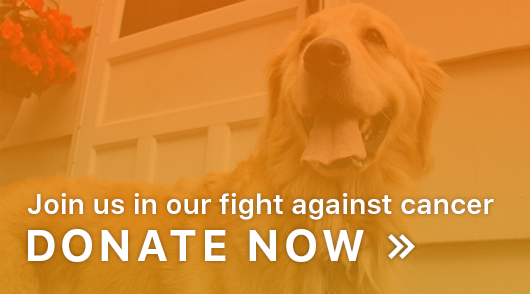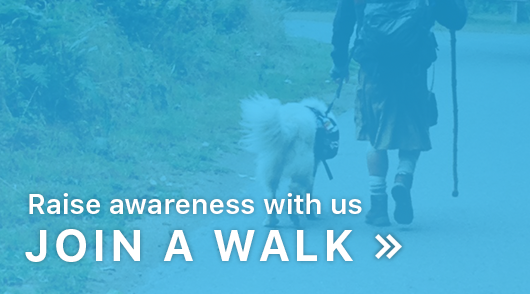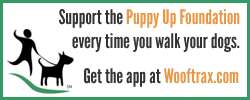By Lonny Cain
“The doctor will smell you now.”
This headline was tucked into the fur of a blue-eyed husky, looking upward, attentive, caring.
A perfect magazine cover, as it turns out. I should say a perfect distraction … for me … jammed into a center seat in the belly of a 727 thrusting thousands of feet through a cloud cover.
Takeoffs and landings … that’s when I most appreciate distractions and I usually turn first to the magazine in the pouch in front of me.
The husky adorned the cover of Southwest magazine. Turns out he was a leading actor in a drama detailed inside by writer Lucinda Hahn.
I knew what to expect thanks to the subhead on the cover: “How the canine nose could become a patient’s new best friend.”
In fact, before I paged through to find the article I began thinking about our dog, Tucker. And the day I came home from a visit to a skin doc. I had been overdue for a checkup.
When I was a kid pretty much every summer I’d get two or three sunburns. I confess I enjoyed the peeling too much.
(Public service announcement: skin cancer is easy to miss or even ignore and can be deadly. Annual checkups are important.)
So I returned home with a couple spots “frozen” and a small slice taken from the calf of my leg. A slice headed for the lab.
My leg was bandaged and wrapped but not visible. So I was a bit surprised when Tucker shrugged off the usual greeting and immediately shoved his nose into my leg. On spot.
Dogs have great noses. We all know that. But still … Tucker homed in on my surgery without hesitation.
Turns out, it’s all about the nose. And the bond that can develop between dogs and their human family.
The bond in this story was between Stephanie Herfel and her husky, Sierra.
Herfel had medical issues that put her in the ER where she was told she had an ovarian cyst. She was told not to worry and was given meds for pain, which worked well.
Sierra insisted on sniffing her belly a few weeks later. Herfel soon got annoyed and pushed her dog away. She soon realized Sierra had disappeared.
Hahn writes what happens next: “Then she gets nervous and starts searching in places where Sierra never ventures. Way back in her bedroom closet, she finds Sierra curled up in a ball.
“She kneels down to see if the dog is sick or injured, and that’s when she notices Sierra’s face. ‘She had such a look of worry. Her eyebrows were scrunched up so tight. And the fur around her eyes was completely soaked. They say dogs don’t cry, but ….
“I knew in my gut Sierra was trying to tell me something. With the CT result and the cyst, I thought, I need to follow up.”
She did and discovered she had stage 3 ovarian cancer. And so began her battle with cancer that included two recurrences.
Both were caught early, again with the help of Sierra hiding … under a bed or behind the toilet.
Hahn quoted Herfel:“When my cancer’s active, she won’t kiss me. She’ll be tolerant of me, but she’ll constantly try to be away from me. And I grab her little face, and I say, ‘I’m listening.’”
Reporter Hahn has done her research and notes the story of Herfel and Sierra is not isolated.
She reports you and I have about 6 million olfactory cells to help us sniff out what’s cooking on the stove. Our pooches have 300 million.
She writes: “Whereas you can smell a spritz of perfume when you walk into your bedroom, your dog would have no problem smelling it in an enclosed sports stadium — and recognizing the perfume’s individual ingredients, too.
“What’s more, your dog has, hidden above the roof of their mouth, what’s called a vomeronasal organ. Thanks to evolution, yours has withered to nearly nothing.
“Your dog’s, however, senses the chemicals from hormones that all animals, including humans, give off. This allows your dog to identify aggressors and potential mates, and even to tell if someone is pregnant. Or sick.”
She further reports dogs detecting cancer is well known to staff at the Penn Vet Working Dog Center in Philadelphia.
“Since opening in 2012, the Working Dog Center has honed hundreds of well-trained snouts that will help sniff out bombs, narcotics, disaster victims, and more,” Hahn says, noting five canines at the center are “cancer dogs.”
The science tells us cancer cells smell different as abnormal proteins are produced. Experts now are trying to mimic the canine skill with an electronic nose.
“Electronic noses are showing promise in labs beyond Penn,” Hahn said.
“Researchers at MIT worked with trained dogs to build one that may detect urological cancer. In South Korea, the Netherlands, and Israel, e-noses are being fine-tuned to diagnose lung, prostate, and other cancers through patients’ breath and urine. None has reached the market, though.”
In the meantime, if your family includes a dog or two, learn to listen. They communicate in many ways. In their own ways.
Oh, that slice off my leg was positive and required another deeper slice. The dog still nosed around my wound for a while, but not recently.
Tucker knows it’s not normal yet. The wound is healing. But I think he agrees with the doc. They got it all.
And like Stephanie Herfel with her Sierra, I give Tucker hugs and say, “Thanks for caring.”
LONNY CAIN, of Ottawa, is the retired managing editor of The Times.
From My Web Times








